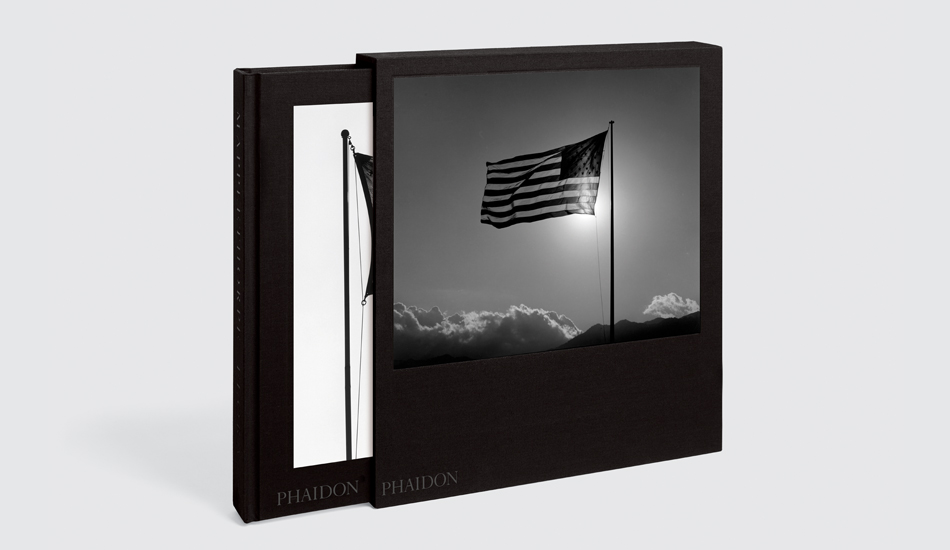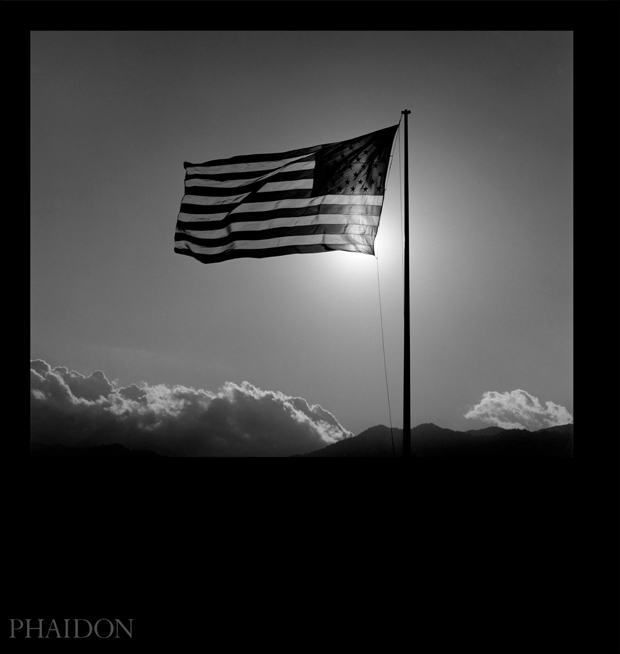
All you need to know about Robert Mapplethorpe
Discover the enduring appeal of this wildly inventive photographer via our expertly curated, beautifully bound book
Why, nearly 31 years on from his death, are we still looking at the photographs of Robert Mapplethorpe? Perhaps, suggested the critic Arthur C Danto, there's something in those images we'll never get over. In an essay in our new Mapplethorpe book, a revised and updated edition of the most comprehensive survey published of the artist’s photography, Danto observes how there is something both wild and ordered about Mapplethorpe’s work.
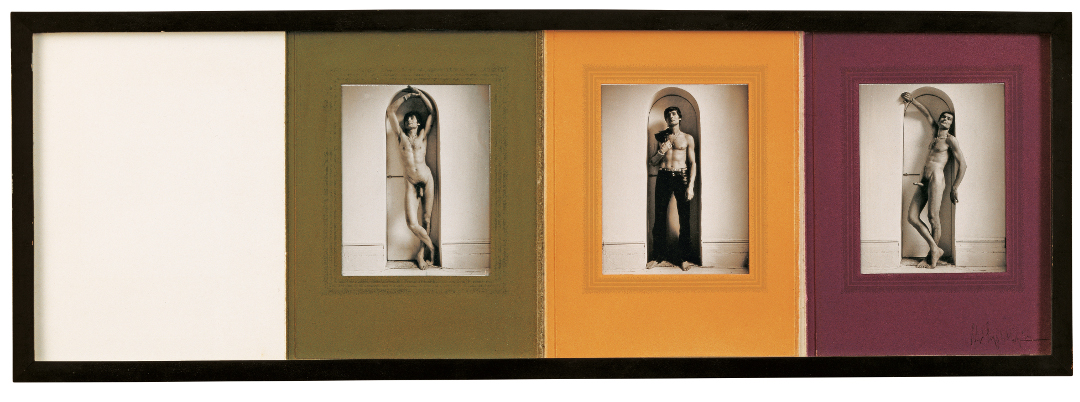
“The content of the work is often sufficiently erotic to be considered pornographic, even by the artist, while the aesthetic of its presentation is chastely classic,” he writes. “The content cannot have been a serious possibility for a major artist at any previous moment in history. It is peculiar to America in the 1970s, a decade Mapplethorpe exemplifies in terms of his values, his sensibilities, and his attitudes. But content apart, the photographs seem scarcely to belong to his own time at all. They are controlled, composed exercises in a classical mode. They fit, aesthetically, with the photographs of the nineteenth century, which Mapplethorpe admired and collected, far more than they do with the work of his contemporaries.”
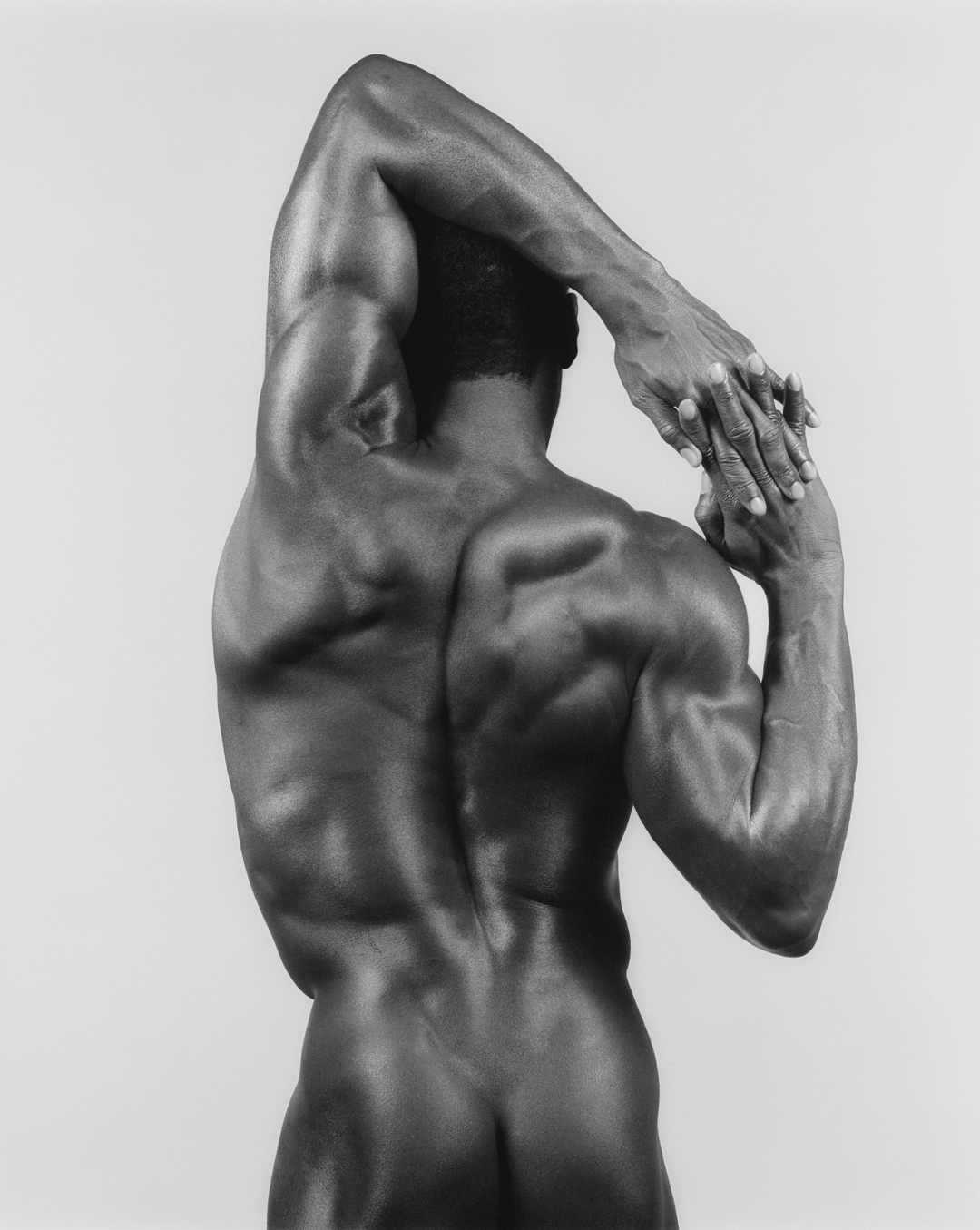
Beyond a few early works of juvenilia included in this new book, almost every image retains both these qualities to such a high degree, that the consistency is almost overwhelming.
Our newly published version of the book contains a beautiful poem by Mapplethorpe's friend and confidante Patti Smith, and its beautiful dual flag and portrait cover image is housed within a sleek black slipcase.
Expertly edited by Mark Holborn and Dimitri Levas, with an introduction by Andrew Sullivan, it's pretty much the go to publication on Mapplethorpe. And, while the book is, in essence, the edited highlights of Mapplethorpe’s career, Danto believes that pretty much every exposure was as well-composed.
“Dimitri Levas [Mapplethorpe’s long-standing assistant] told me that all the shots in the contact sheets looked pretty much like the one selected for the final image,” Danto writes, “as if the photographer knew precisely what the outcome would be. He did not count on the fortuitous fall of a garment, an unanticipated ripple of muscle.”
It’s clear, leafing through these images decades after the shutter clicked, that the photographer also knew his subjects intimately; none of the images are snapped quickly, and without clear consent, reportage style. The S&M images in particular show subjects “demonstrating something they have allowed the artist to witness not as a voyeur, but as the agent through which the ordinarily hidden is revealed as art,” writes Danto. “These images are disclosures of sexual truth.”
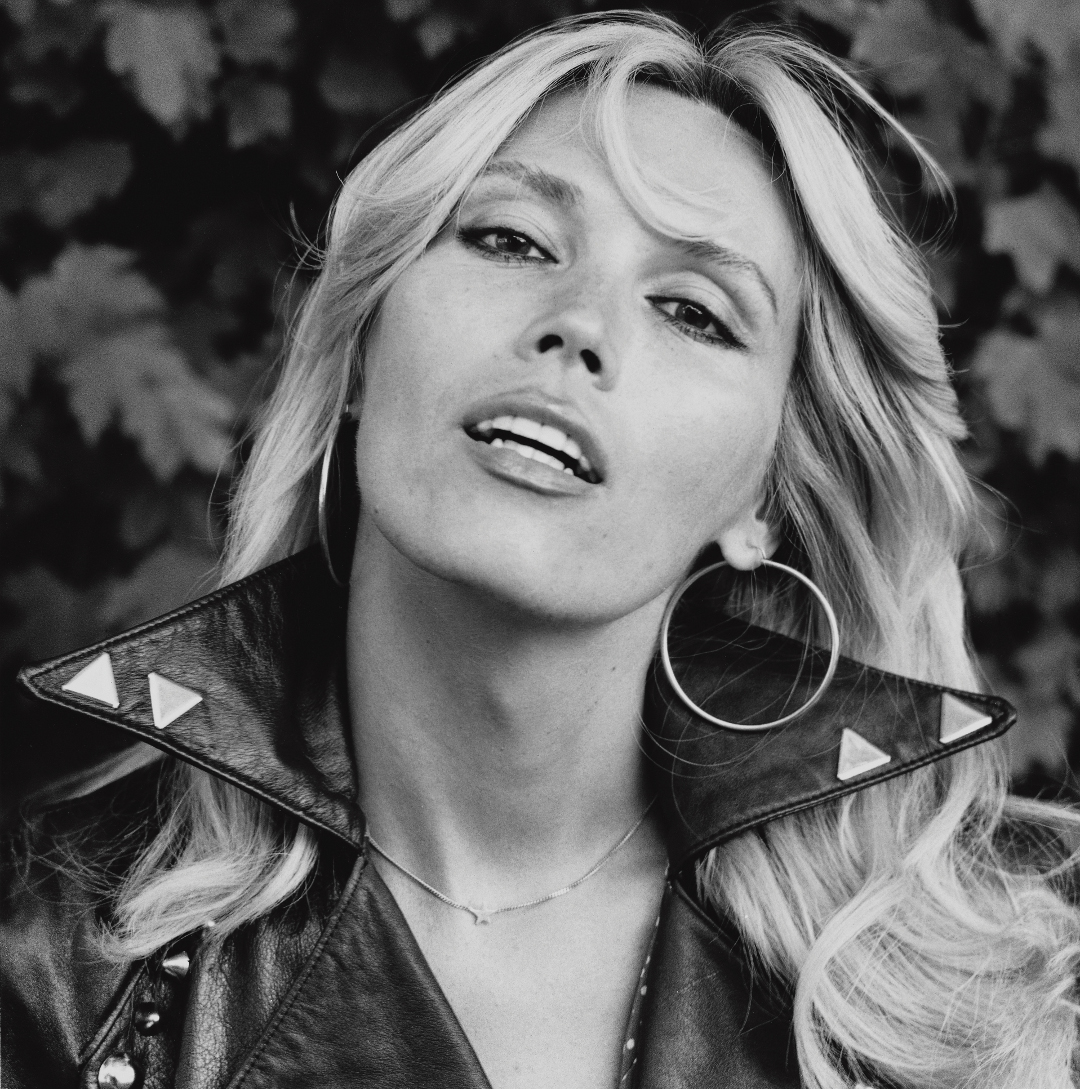
Mapplethorpe’s sexual predilections, though present in the book, don’t overshadow his other interests, which include floral still-lifes, nude compositions – both male and female – self-portraiture, and celebrity photographs.
Famous faces from New York’s demi-monde appear in the book. Look out for Philip Johnson, Debbie Harry, Iggy Pop and Grace Jones (this final portrait featuring body paint by Keith Haring), as well as art stars, Alice Neel, Susan Sontag, Willem de Kooning, Roy Lichtenstein, and the bodies of models made famous by Mapplethorpe, such as Derrick Cross and Lisa Lyon.

The book doesn't flinch from including Mapplethorpe's problematic children’s portraits that, in part, caused his 1988-89 retrospective, The Perfect Moment, such difficulties; nor from reproducing some of his more extreme sexual images.
Viewed as a whole, it can be seen as a document of the birth of the Permissive Society, and the fruits of the sexual revolution of the mid 20th century. Anyone with an eye for aesthetics will appreciate the figurative compositions; anyone with a libido will feel something for the nudes; and anyone with an understanding of the changing state of public opprobrium will appreciate the tension in these pictures.
The fact that every image was made by one man, whose body – at first young and virile, later weakened by AIDS – appears throughout its pages, only makes the publication even more extraordinary.
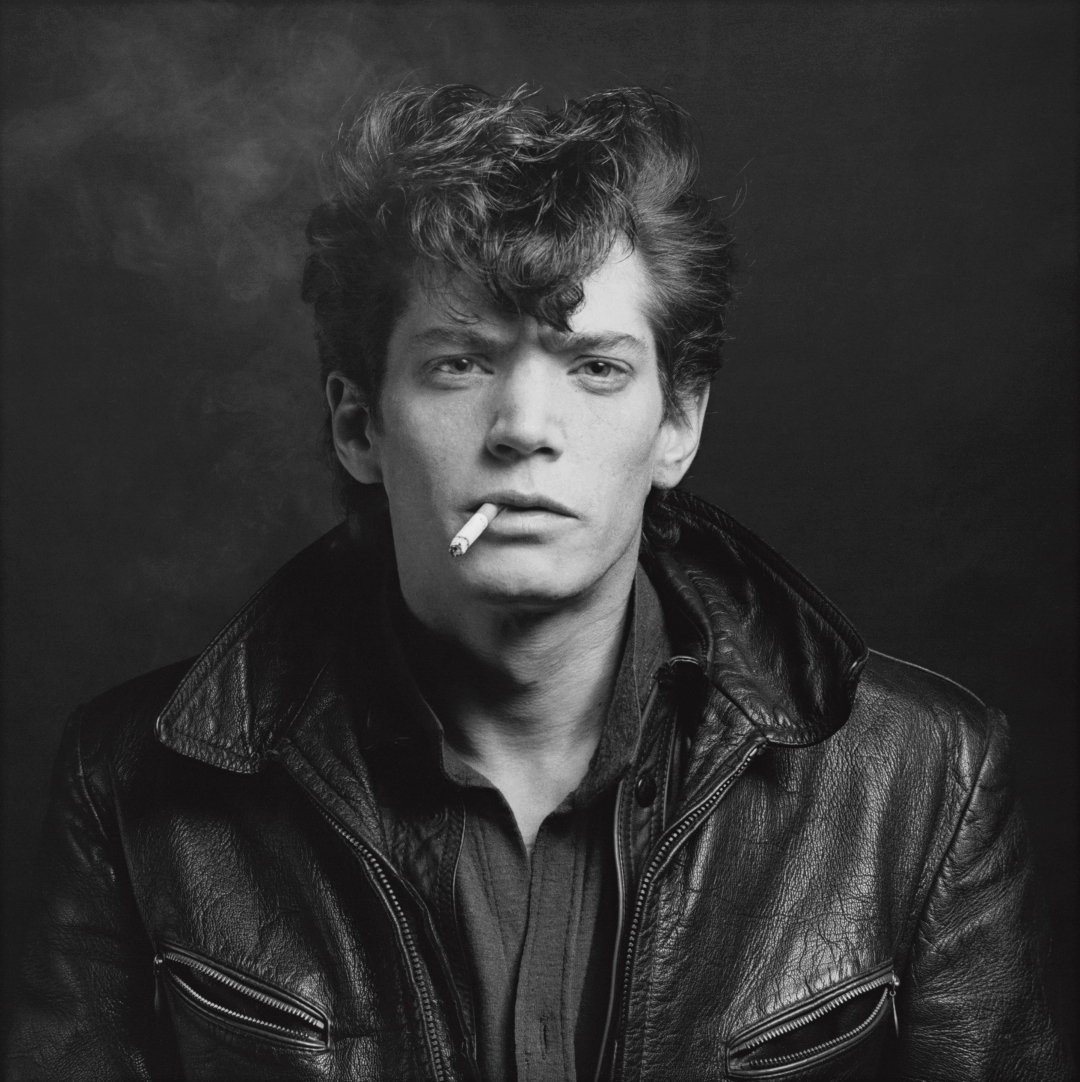
As Danto puts it, “What gives a certain authority to Mapplethorpe’s art is that virtually everything he ever did was there at the beginning: the self-portraits, the shots of Patti Smith, the sad pornography, the flowers. He began as he ended. His life has the unity that consists in working out a vision from which he never wavered.”
To own, appreciate and celebrate that unity for yourself, buy a copy of our newly revised and updated Mapplethorpe monograph here; edited by Mark Holborn and Dimitri Levas, with an introduction by Andrew Sullivan and a poem by Patti Smith, this hardback book comes in an elegant yet durable slipcase, preserving the beautiful, difficult images, for decades to come.
